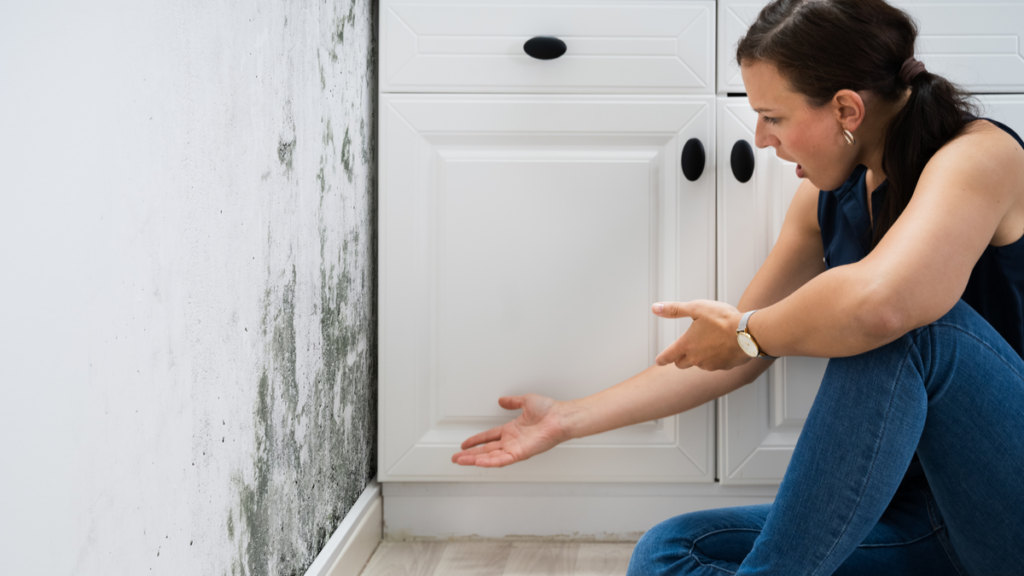It’s common for homeowners to believe that their home coverage pays for any problem they might have in the house. However, there are certain things that are either not covered or only come with limited coverage. Just as flooding is not covered by traditional homeowners insurance, mold remediation is often not covered in the manner you might feel it should be.
Take a look at these tips and closely adhere to them so that your home is covered properly and you know what to do when you discover a mold infestation.
1. When Does Homeowners Insurance Cover Mold?
Mold is covered by your homeowners insurance when:
- The mold was caused by something already covered by your insurance
What does that mean? For example, you’re covered for mold remediation when:
- Your water heater breaks, floods, and mold grows. Because the water heater is covered, the mold is covered.
The same could be said for your dishwasher, washing machine, etc. Mold remediation is also covered when you have a fire or experience another covered disaster where water damage occurs.
2. When Does Homeowners Insurance NOT Cover Mold?
Mold is not covered by your homeowners insurance when the mold grows after an event that is not covered by your policy.
Therefore, mold that grows after a flood is not covered because flooding is not covered by traditional homeowners insurance. If you don’t know whether you will be covered or not, reach out to our team for assistance.
Remember, mold will also not be covered due to negligence when repairing or maintaining the home.
3. How Much Does Mold Remediation Cost?
Mold remediation can be both expensive and time-consuming. Generally, remediation can cost anywhere from $15,000 to $30,000. There are times when it may cost less, but there are also instances when it will cost much, much more.
Your policy likely states a maximum that it will cover when mold is discovered, and you need to know how much coverage you have. If you’re unsure, reach out to our insurance experts for more information.
If you want extra mold protection, you can purchase an optional rider that will cover more mold remediation than is typical.
4. How to File a Claim When You Have Mold
In most cases, a mold claim will come in at the same time as another covered claim—the one that likely caused the mold. Because of this, you have all the evidence you need to demonstrate that the mold was caused by a covered event.
If not, you need additional information, pictures, videos, and other data that will prove you didn’t know about the mold and that it’s covered under a qualifying event. For more information on collecting this data, reach out to our team for assistance.
Reach Out to Our Team for Information on Mold Coverage
Our insurance experts at HomePort Insurance are here to help you save money on homeowners insurance and get the coverage you need. Moreover, we can help you ensure that you have the best coverage, limits that will cover the worst case scenarios, and riders that can protect you from problems like mold. We’re happy to answer your questions, review your current policy, and/or write a new policy when you’re ready.




